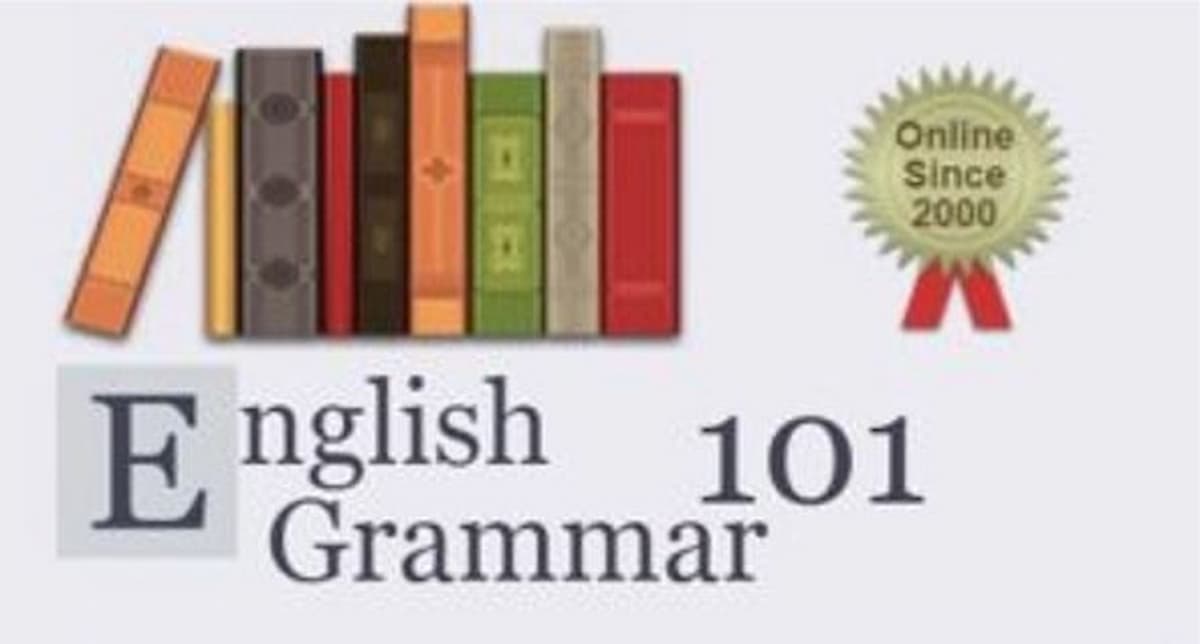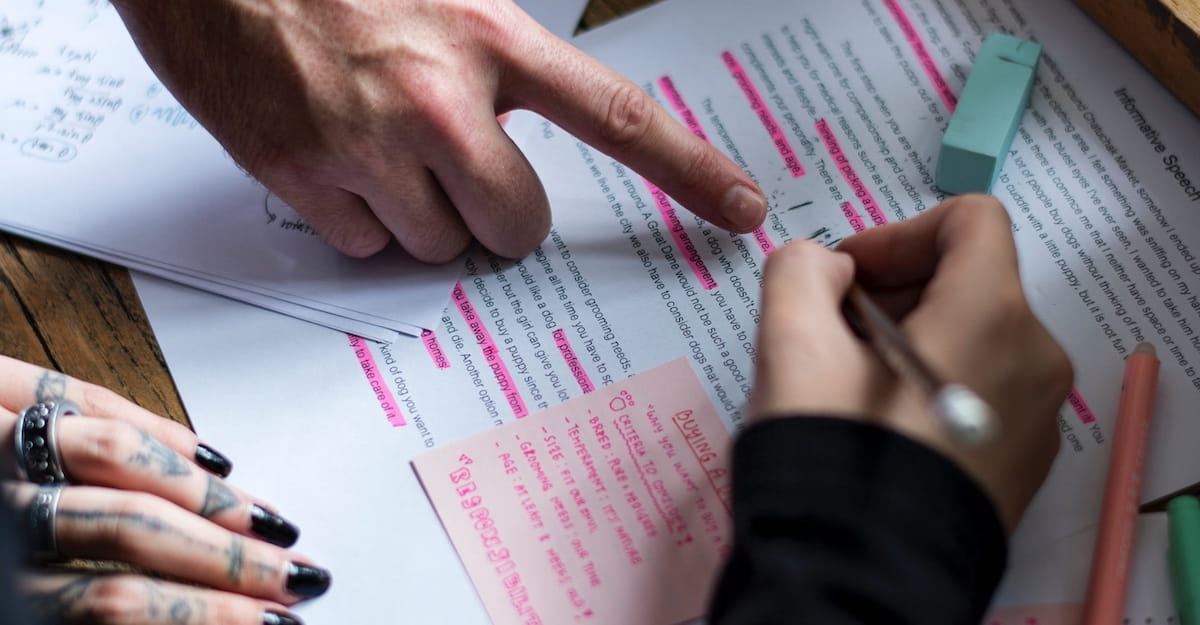
Words like “that,” “which,” and “who” are commonly used to connect different parts of our sentences. These words are called relative pronouns, and while they may seem similar, they have different uses and meanings, and it’s important to know when to use each one correctly. Let’s take a look at each.
That:
The word “that” is used to introduce what’s called a restrictive clause. A restrictive clause is a part of a sentence that is essential to its meaning. In other words, if you remove the restrictive clause, the meaning of the sentence changes. For example:
The book that I borrowed from the library is due tomorrow.
Here, the restrictive clause “that I borrowed from the library” is essential to the meaning of the sentence. Without it, we don’t know which book is being referenced, so we call this a restrictive clause.
Which:
The word “which” is used to introduce a nonrestrictive clause. A nonrestrictive clause is a part of a sentence that adds extra information, but is not essential to its meaning. In other words, if you remove the nonrestrictive clause, the meaning of the sentence remains the same. For example:
My car, which is parked outside, needs a new battery.
Here, the nonrestrictive clause “which is parked outside” adds extra information about the car, but it’s not essential to the meaning of the sentence. Even if we remove this clause, we still know that the car needs a new battery.
And yes – sometimes it can be subjective whether or not the clause is essential to the meaning of the sentence, but use your best judgement.
Who:
The word “who” is used to refer to a person or people. It can be used to introduce either a restrictive or nonrestrictive clause, but it’s always going to refer to a person. For example:
The man who is standing by the door is my brother.
Here, the restrictive clause “who is standing by the door” is essential to the meaning of the sentence. Without it, we don’t know which man is being referred to. Nonetheless, it’s the fact that “man” is a person, so we need to use “who” as the relative pronoun.
My sister, who is a doctor, lives in New York.
Here, the nonrestrictive clause “who is a doctor” adds extra information about the sister, but it’s not essential to the meaning of the sentence. That being said, since “sister” is referencing a person, the relative pronoun “who” is used.
By understanding how each of these words is used, you can communicate more clearly and effectively. Remember that “that” introduces a restrictive clause, “which” introduces a nonrestrictive clause, and “who” refers to a person or people. With a little practice, you can use these relative pronouns correctly in your writing and speaking with ease!
Read More

English Grammar 101 Alternatives

When You Ask for Analysis but You Get Summary Instead

Establishing Confident Writers Through Creativity and Self-Expression

Brainstorming Through Writer’s Block

Four Steps to Teaching Your Students Adverbs

How to Fire Your Internal Critic

What Just 10 Minutes of Daily Journaling Can Do for Student Writing



